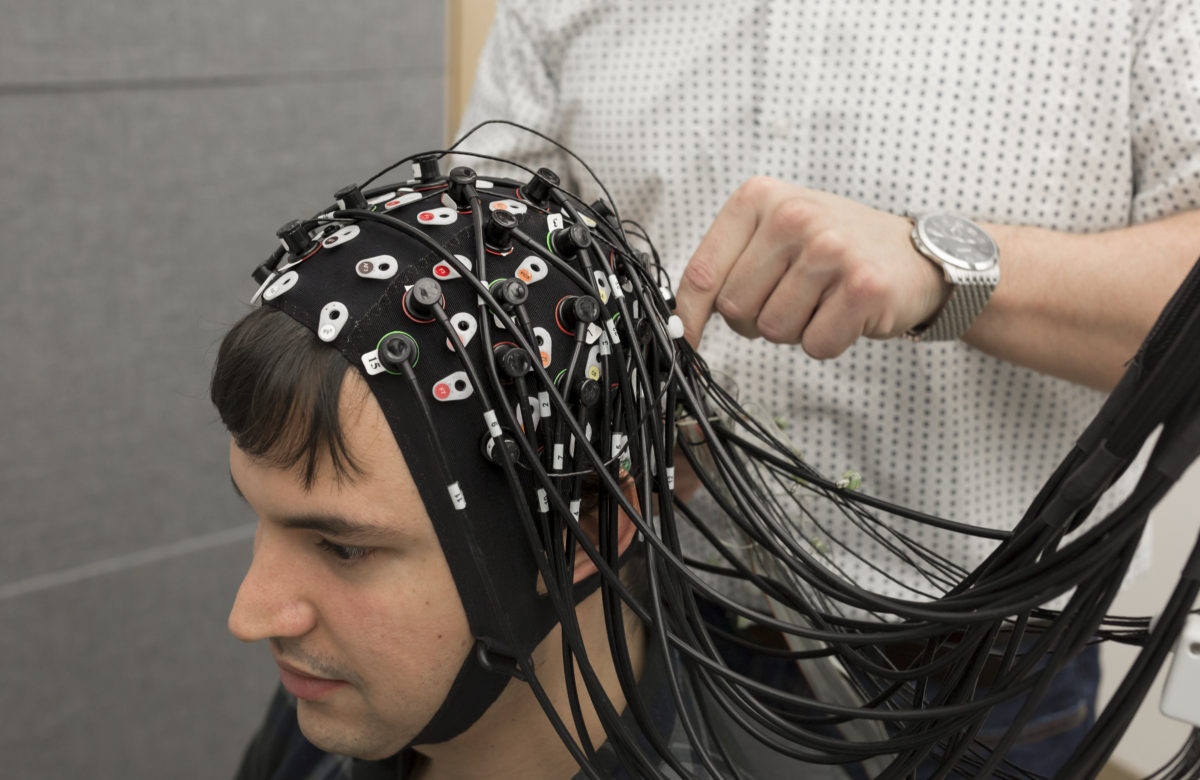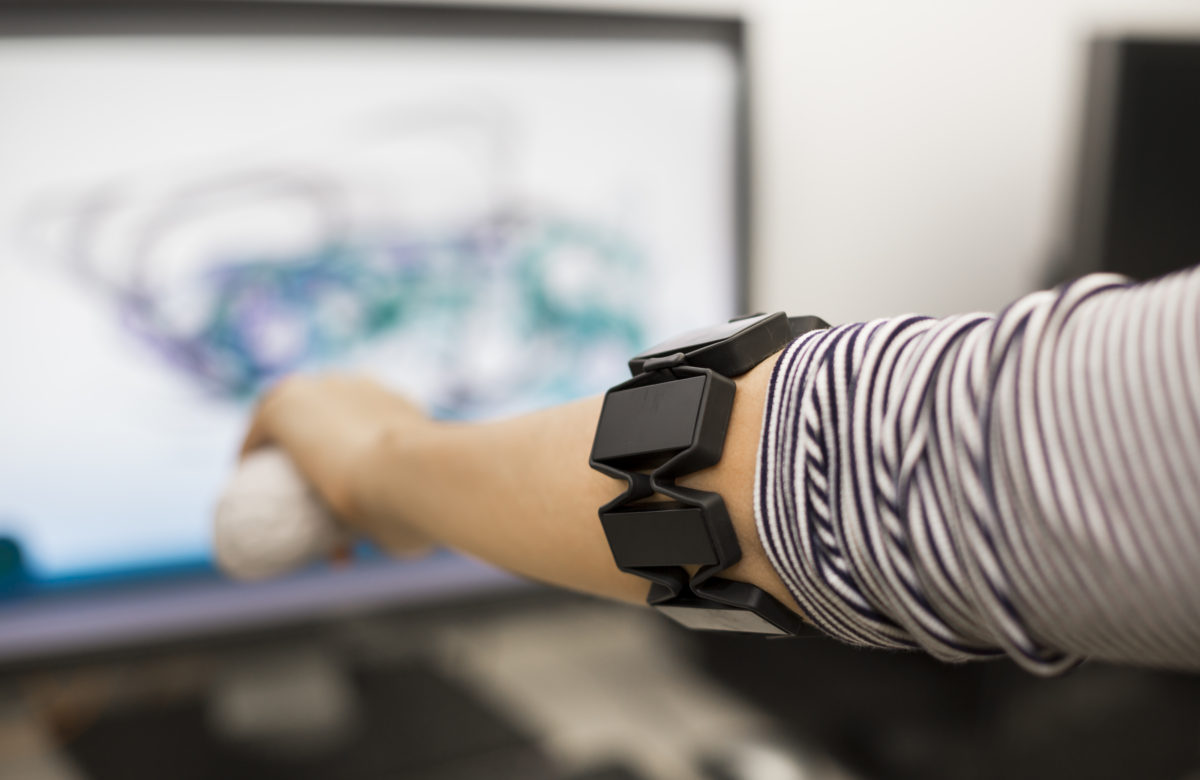The Multimedia/Multimodal Signal Analysis and Enhancement Laboratory (MuSAE Lab) conducts research at the crossroads of biomedical engineering and telecommunications. The MuSAE Lab develops award-winning, biologically inspired signal processing techniques with applications in three areas: multimedia communications, health diagnosis, and human/machine interaction. Data is used to develop human models that will be incorporated into next generation technologies.
- A soundproof data collection room with multimedia displays of various sizes
- A data collection control room
- Several multicore analysis PCs and servers (with GPU) for powerful parallel computing analyses
- 64-Channel ActiveTwo (Biosemi)
- EMOTIV EEG headset
- Interaxon Muse headbands (x4)
- Enobio 8-channel wireless headset
- 384-channel NIRScout
- 64-channel portable NIRSport
- Zephyr Bioharness 3
- Shimmer platinum kit
- MbientLab Metawear CPRO wireless sensors
- QSensor GSR affective monitor
- Myo EMG gesture control armband (Thalmic Labs)
- iHealth wireless blood pressure monitor
- ActiveTwo-compatible skin temperature, blood volume pulse, respiration, and skin conductance sensors, as well as a 3D accelerometer
- Head-mounted EyeLink 1000
- SMI ETG eye tracking glasses with EMOTIV EEG integration
- Tobii EyeX Development Kit
- Interacoustics AD629e audiometer
- Microsoft Kinect Developer Kit
- Oculus Rift Development Kit (DK1 and DK2)
- NVIDIA Tesla K40C GPU cluster
- Lego MINDSTORMS EV3
- Orbotix Sphero 2.0
- Autonomous Deep Learning Robot
- EMSE Suite (with BCI extensions)
- Labview
- Presentation
- ITU-T POLQA
- Distributed quality-aware multimedia communications
- Neural correlates of natural and synthesized speech quality perception
- Neurophysiological models for “quality-of-experience” prediction
- Psychoacoustic modelling for the objective assessment of reverberant and dereverberated speech quality
- Environment-robust speaker identification
- Multimodal affective state modelling
- Quality measurement and enhancement of biomedical signals (e.g., ECG, EEG, EMG)
- EEG-based diagnosis of Alzheimer’s disease
- Spectrotemporal signal analysis for cardiopulmonary signals
- Assistive technology for voiceless communications
- Objective quantification of handwriting difficulties in school-age children
- Remote monitoring of dysarthric speech intelligibility
- Intelligent signal processing for body area networks
- Hybrid brain-computer interfaces
- Peripheral autonomic signals for binary control of body/machine interfaces
- BCI and eye-gaze-based serious gaming
- Adaptive multimodal HCIs
- Environment-robust voice-based human/machine interaction
Contacts
Tiago H. Falk
Scientific Head
Phone: 514-228-7022
Email: falk@inrs.ca
Multimedia/Multimodal Signal Analysis and Enhancement Laboratory
Institut national de la recherche scientifique
Énergie Matériaux Télécommunications Research Centre
800 de la Gauchetière West
Suite 6900
Montreal, Quebec H5A 1K6
Canada
See View on the map



